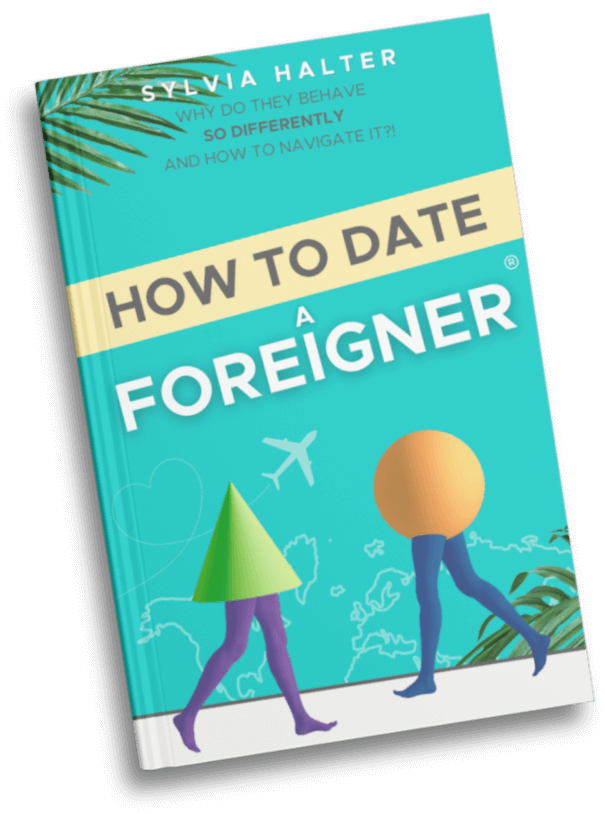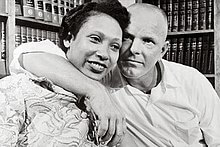
Many might confuse Loving Day with Valentines Day, but the two couldn’t be any more different! So what is Loving Day? What is the history behind it? Why is it celebrated all around the world and when is it? At How to Date a Foreigner, our website wouldn’t be complete without dedicating an article to it.
Most of us are familiar with interracial relationships. Interracial couples who involve partners of different races (eg. Caucasian, Asian, Hispanic or Black). Often referred to based on their four letter abbreviation such as AMWF or WMAF according to their ethnic groups. They are usually very easy to spot.
In the past, such marriages were illegal!
Interracial Relationships Become Legal
It wasn’t long ago when in 1967 the US Supreme Court ruled in favor of the Loving v. Virginia case.
Richard (a white husband) and Mildred Loving (‘a woman of color’) were sentenced for a year in prison in 1958 for marrying each other.
They pleaded guilty to charges of “cohabiting as man and wife, against the peace and dignity of the Commonwealth”
What is Loving Day?
In 1967 they appealed their conviction to the Supreme Court of Virginia.
Their case became the landmark case that wiped away state law banning interracial marriage in the United States.
It was followed by an increase in interracial marriages and remembered annually on Loving Day (12th June) – an annual unofficial celebration of interracial marriages.

Just 20 years ago… the last state legalized interracial marriages
Despite the Supreme Court’s decision, anti-miscegenation laws remained on the books in several states.
In 2000, Alabama became the last state to adopt its laws to the Supreme Court’s decision.
In June 2007, for the 40th anniversary of the US Supreme Court’s decision, Mildred Loving said the following:
‘My generation was bitterly divided over something that should have been so clear and right. The majority believed that what the judge said, that it was God’s plan to keep people apart, and that government should discriminate against people in love. But I have lived long enough now to see big changes. The older generation’s fears and prejudices have given way, and today’s young people realize that if someone loves someone they have a right to marry.’
‘Mildred Loving for the 40th anniversary of the US Supreme Court’s decision’
https://www.youtube.com/watch?v=h62ZBiHNJoM
Mildred and Richard Loving in 1967
Intermarriage in the US after Loving v. Virginia
Thanks to Mildred and Richard Loving, today interracial relationships are legal.
According to Pew Research, in 1967, when miscegenation laws were overturned in the United States, 3% of all newlyweds were married to someone of a different race or ethnicity. Since then, intermarriage rates have steadily climbed. By 1980, the share of intermarried newlyweds had about doubled to 7%. By 2015 the number had risen to 17%.
Intermarriage Statistics
Since Loving v Virginia, the share of recently married blacks with a spouse of a different race or ethnicity has more than tripled.
We hope you enjoyed the story behind Loving Day. How are you celebrating it? Let us know in the comments below!
